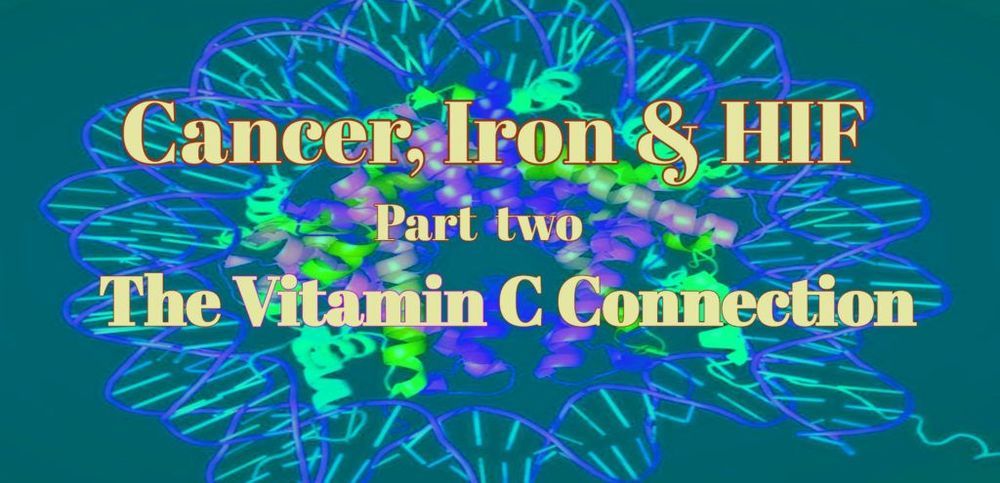Laborious calculations which once took an hour can be completed in a fraction of a second with machine learning, according to scientists.







Give the gift of cutting edge longevity insight with our Black Friday sale: $20 off 2019 RAADfest video collection starting now! 🔛https://vimeo.com/ondemand/raadfest2019
Physicist plans to karate-chop them with super-fast blasts of light.
Just like our healthy cells, malignant cancer cells need energy to survive. Dr. Sophia Lunt explains how she intends to cut off cancer cells’ survival potential, and pioneer a new way of halting their growth.
Dr. Sophia Lunt began her training in metabolism at Princeton University, where she received her Ph.D. studying the metabolic consequences of the antibiotic drug trimethoprim. As a postdoctoral fellow at MIT, she focused on cancer metabolism, and was awarded the CDMRP PRCRP Visionary Postdoctoral Fellowship from the Department of Defense to support her research. She currently runs a research lab focused on cancer metabolism at Michigan State University.
This talk was given at a TEDx event using the TED conference format but independently organized by a local community.


Drone pilot Reuben Burciaga was fined $20,000 by the Federal Aviation Administration (FAA) after his fly-away DJI Phantom 3 drone landed right next to an active runway at McCarran International Airport in Las Vegas. The drone incident took place in June of 2018 when Burciaga wanted to take an aerial photo of a Ferris wheel. Early on during the flight, he lost control of the DJI Phantom 3. The drone then slowly drifted for more than two miles towards the airport before landing right next to an active runway. The FAA issued the ‘careless and reckless” drone pilot a fine of $14,700 that increased to around $20,000 after Burciaga failed to pay or appeal on time. We have included the original video of the drone flight that was uploaded by Burciaga below.